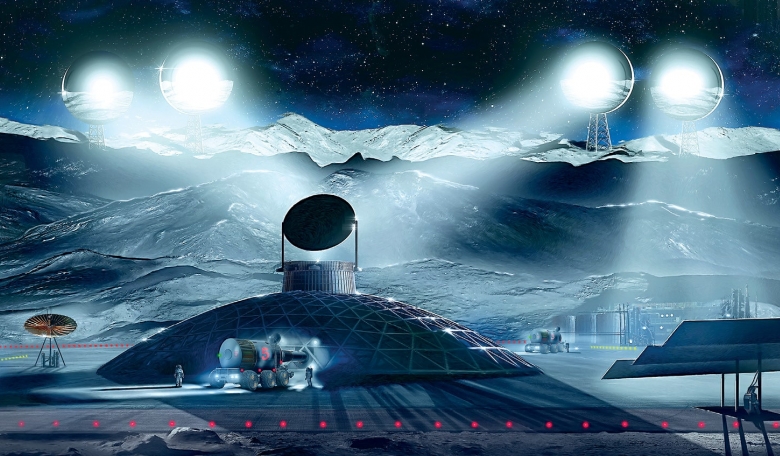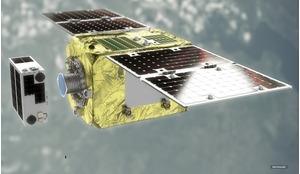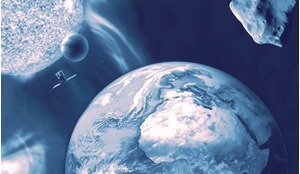The key to a sustainable future in space is developing and utilising space resources. Space resources will anchor a robust economy in cislunar space (‘Creating the cislunar economy’, ROOM, Winter 2017). The closest and most accessible source of resources beyond Earth is the Moon. This was eloquently stated by the late John Marburger, Science Advisor to US President George W Bush, in a speech to the 2006 Goddard symposium: “The Moon has unique significance for all space applications for a reason that to my amazement is hardly ever discussed in popular accounts of space policy. The Moon is the closest source of material that lies far up Earth’s gravity well. Anything that can be made from lunar material at costs comparable to Earth manufacture has an enormous overall cost advantage compared with objects lifted from Earth’s surface. The greatest value of the Moon lies neither in science nor in exploration, but in its material.”
It is easy to state the importance of lunar resources. But there are enormous challenges in extracting, processing and utilising them. Challenges exist in the technologies needed to survive and operate in the lunar environment, the magnitude and cost of the required infrastructure, and developing resource maps of the Moon to the required level of detail.
The Moon has long captured the imagination of humans across the globe. It is a constant presence in our daily lives and has played a prominent role in the spirituality of people of many cultures across human history. It is only in recent decades that we have begun to realise the economic importance of the Moon.














